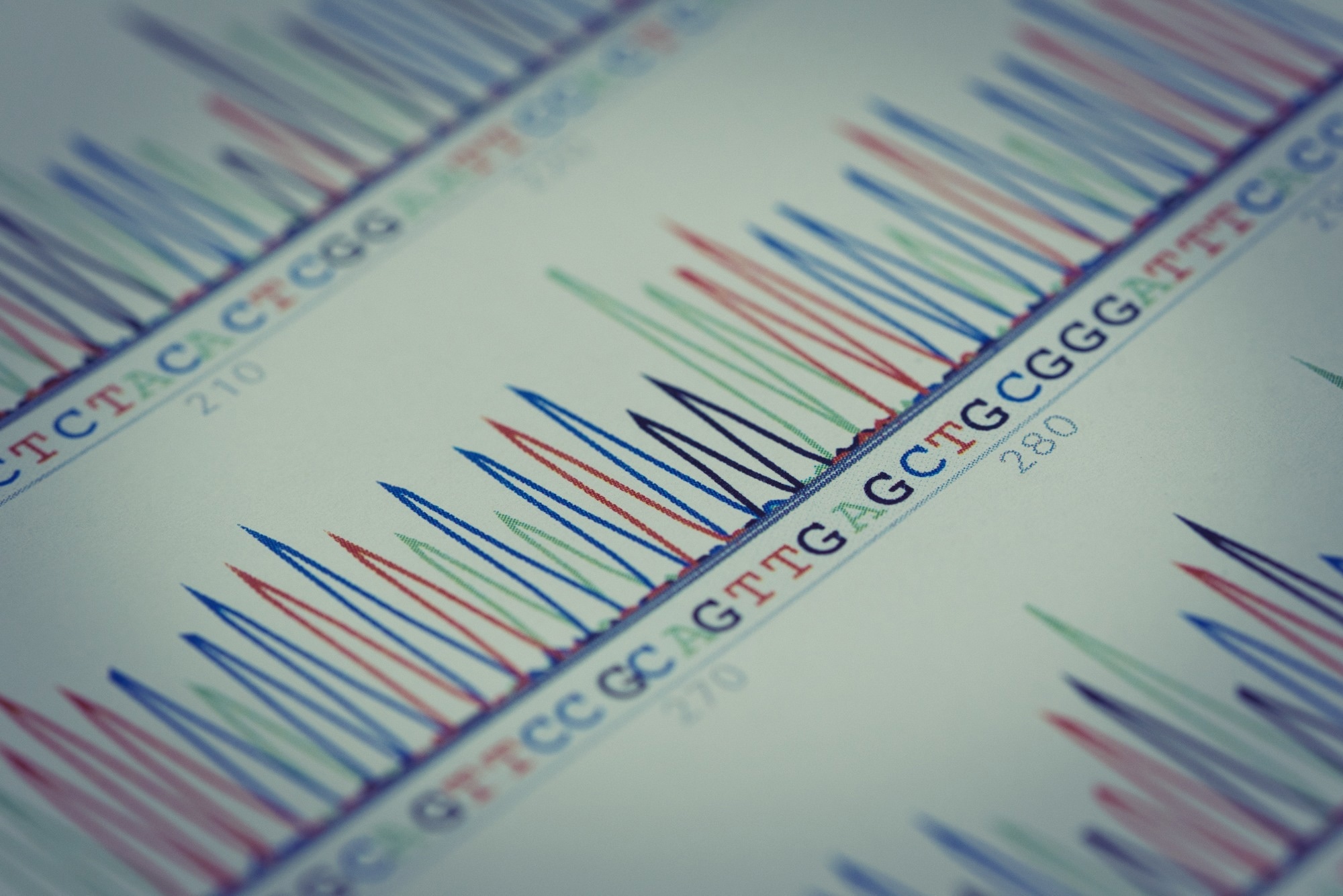Reviewed by Lauren HardakerSep 10 2025
Researchers led by Dubravka Vučićević at the Max Delbrück Center have developed a new method for discovering how DNA controls genes. Published in “Cell Genomics,” their technique can reveal the genetic “switches” that regulate important genes more quickly than existing methods.

Image credit: Buntan/Shutterstock.com
Transcriptional enhancers are DNA regions that largely control how much of a protein a cell makes. Mutations in these regions can cause developmental problems and disease, but they are difficult to find. Unlike protein-coding regions, enhancers may lie far from the genes they influence and do not follow a clear genetic code.
Scientists at the Max Delbrück Center, led by Dr. Dubravka Vučićević and Professor Uwe Ohler, have created a powerful new tool called TESLA-seq to uncover the regulatory regions that control genes.
The method combines two advanced techniques: CRISPR-based gene activation (CRISPRa), which uses a modified CRISPR-Cas9 system to turn on specific genes, and targeted single-cell RNA sequencing. This approach allows researchers to identify these genetic "switches" more quickly and accurately than other methods.
With this method, we can actually test how thousands of candidate regulatory elements in the genome are capable of switching genes on – and find out exactly what genes they influence.
Dubravka Vučićević, Study Lead Author, Max Delbrück Center
Mapping Regulatory Elements
The research team centered its investigation on the PHOX2B gene, a key component of nervous system development. Mutations in this gene are notably linked to neuroblastoma, a type of cancer that primarily affects children's nervous tissue.
The researchers started by examining the broad genomic landscape around the PHOX2B gene implicated in key developmental processes. They designed an extensive library of 46,722 guide RNAs (gRNAs). Two to three gRNAs targeted each 100bp segment of DNA, ensuring coverage across the region. This highly detailed approach enabled the team to thoroughly explore not only PHOX2B itself but also neighbouring genes, increasing the likelihood of uncovering hidden regulatory switches that control gene activity.
In the next phase, these gRNAs were individually transferred into a human neuroblastoma cell. The gRNA was a precise guide for the CRISPRa system, directing it to activate any regulatory regions within that specific DNA "chunk." This process led to the identification of more than 600 regions, which the researchers named CaREs (CRISPRa-responsive elements), that significantly altered cell growth upon activation.
The team then narrowed its focus to approximately 200 of these CaREs for a more in-depth analysis. By employing targeted single-cell RNA sequencing, they could simultaneously measure both the gRNA inside each cell and the expression of nearby genes. This crucial step enabled them to establish direct links, connecting each CaRE to one of over 70 genes in the PHOX2B region whose expression had changed.
The team discovered direct connections between CaREs and important regulators of SHISA3 and APBB2, genes that play a role in both cancer and Alzheimer’s disease.
These CaREs surprisingly controlled genes located far away, often bypassing nearby genes entirely, a detail that other methods frequently miss.
TESLA-seq doesn’t just capture what's happening in one cell type, it can reveal potential connections between genes and regulatory regions across different biological systems.
Uwe Ohler, Professor, Max Delbrück Center
This is significant because many diseases affect more than a single tissue type, added Vučićević. “The technique can be used to study the vast, uncharted parts of our DNA that influence health and disease across multiple organ systems and can help us to design more precise and effective therapies.”
Source:
Journal reference:
Vučićević, D., et al. (2025) Sensitive dissection of a genomic regulatory landscape using bulk and targeted single-cell activation. Cell Genomics. doi.org/10.1016/j.xgen.2025.100984